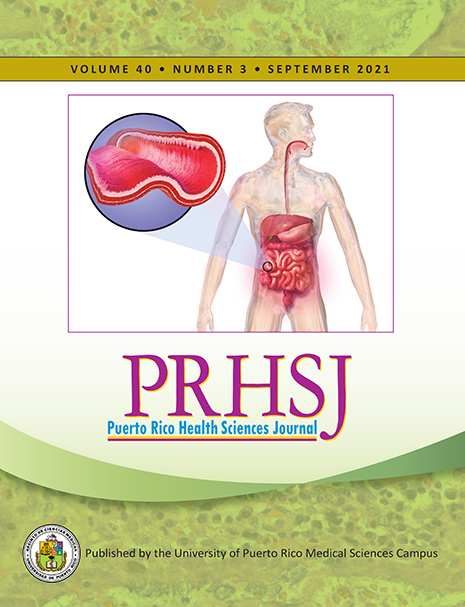Resumen
Compound heterozygous mutations, where two distinct mutated alleles are present within a particular gene, can give rise to the Bardet-Biedl syndrome (BBS). There is limited evidence suggesting that some compound heterozygotes can present with milder phenotypic characteristics than homozygotes. We report on the clinical characteristics of a 22-year-old Puerto Rican male who was compound heterozygous for the Bardet-Biedl syndrome type 1. Our patient had deteriorating visual acuity since early childhood. Clinical and ophthalmic examination revealed retinal dystrophy, polydactyly, and very mild learning disabilities. No additional systemic complications commonly observed in patients with the BBS were present. Allele-specific testing and DNA sequencing revealed compound heterozygous mutations (M390R and E549X) in the BBS1 gene. Our findings could suggest that patients who are compound heterozygotes for these specific BBS mutations can exhibit milder clinical signs than homozygous patients.
Authors who publish with this journal agree to the following terms:
a. Authors retain copyright and grant the journal right of first publication with the work simultaneously licensed under a Creative Commons Attribution License that allows others to share the work with an acknowledgement of the work's authorship and initial publication in this journal.
b. Authors are able to enter into separate, additional contractual arrangements for the non-exclusive distribution of the journal's published version of the work (e.g., post it to an institutional repository or publish it in a book), with an acknowledgement of its initial publication in this journal.
c. Authors are permitted and encouraged to post their work online (e.g., in institutional repositories or on their website) prior to and during the submission process, as it can lead to productive exchanges, as well as earlier and greater citation of published work (See The Effect of Open Access).
